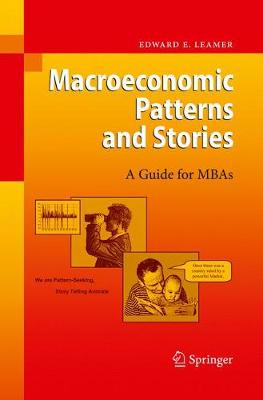The story of this book began with my dif?cult transition from teaching international economics and econometrics in Economics Ph. D. programs at Harvard and UCLA to teaching in the MBA programs at the Anderson School at UCLA. On the basis of 20 years of apparent teaching success in Ph. D. education, I arrived at the Anderson School in 1990 with a self-image as a star teacher, but I was greeted with highly disturbingmediocreteachingevaluations. Facedwithadatasetthatwasinconsistent with my view of reality, I did what analysts usually do - I formulated a theory why the data were misleading. Here is how I thought about it. Two aspects of the course - content and amu- ment - drive numerical course evaluations. If you rank courses by the average of the content score and the amusement score, then the component that can be measured most accurately will determine the ranking. Do you understand why? It is what - eraging does: it eliminates the noise. Suppose, for example, that a student cannot tell anything about the content, and the content score is simply a random number, varying from student to student. Those random numbers will average out across students to about the same number for each course. As the average course content score is about the same for every course, it is the amusement score that will drive the rankings.
- ISBN10 3540463895
- ISBN13 9783540463894
- Publish Date December 2009 (first published 19 November 2008)
- Publish Status Active
- Publish Country DE
- Imprint Springer
- Format eBook
- Pages 359
- Language English
